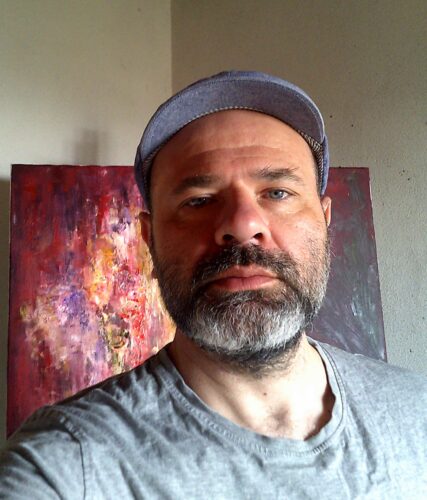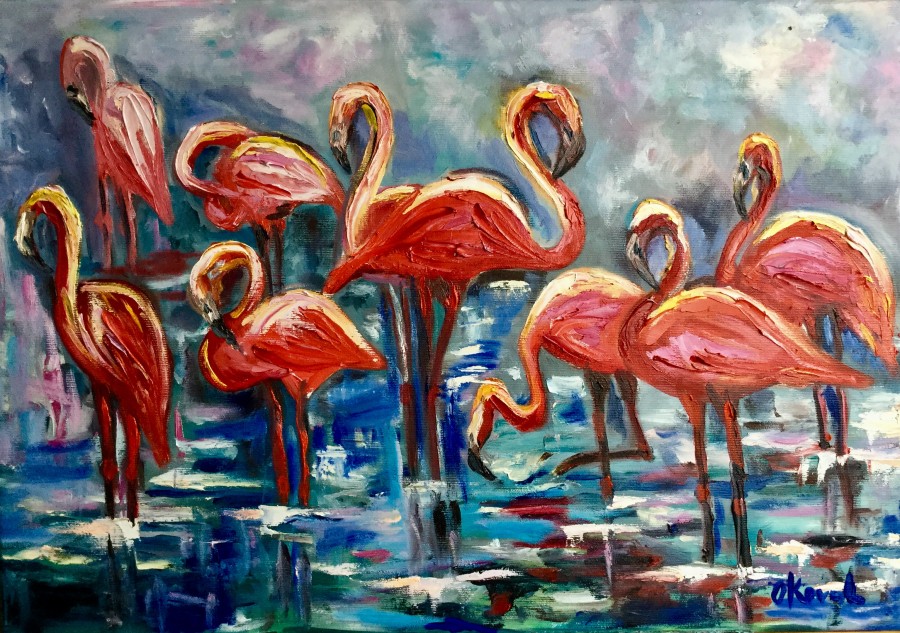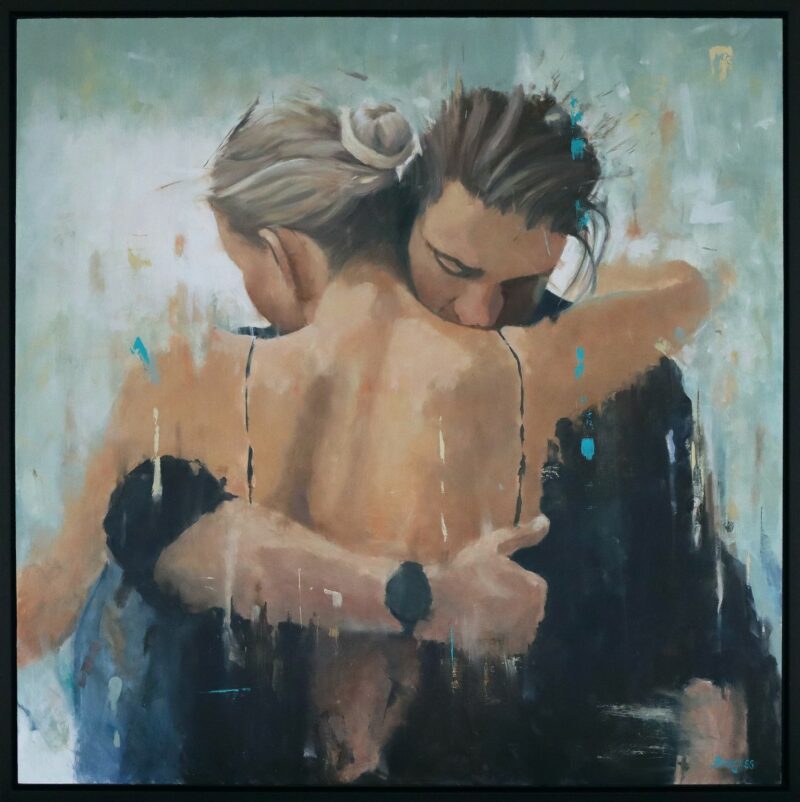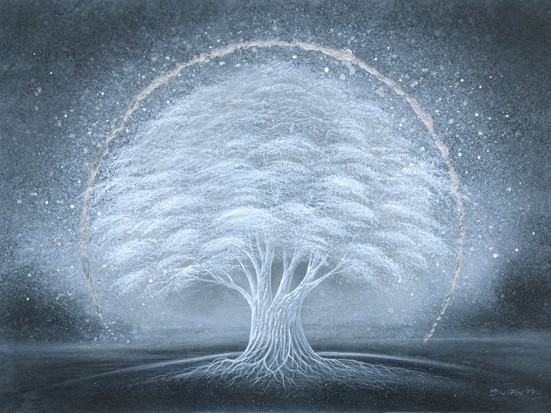Where did you get the inspiration for this piece?
It is always especially interesting for me to express the emotional state of my hero in my work. I turned to the image of a sad clown as an opportunity to convey the contrast of our world as a whole and the inner state of a person as clearly as possible. In life, such polar concepts as joy and sadness, hatred and love, passion and disgust are often very close. Sometimes they even intertwine. And the image of the Sad Clown reflects this paradox very clearly.
Joy and sadness are like unity and struggle of opposites. Without one, the other is impossible. Each emotion, as it were, additionally emphasises, often even allows you to better understand and feel your antipode. After a bitter disappointment, success is clearly felt. Perhaps this is akin to how after a dark night you appreciate the brightness of the day.
What is your creative process when creating this piece?
I always carefully choose subjects for my genre paintings. After all, in fact, the picture is like a play or a film in miniature. I want the plot to be captivating and allow the future viewer to immerse themselves in it. Therefore, I pay great attention to both the main theme and the details. In this painting, I focused on the clown’s face and costume. The clown’s face is painted as if for a fun show, but his eyes express sadness and melancholy, even a little despair. Under a thick layer of makeup, he hides the sadness of his heart. His whole appearance speaks of loneliness. He splashes out his pain and longing in a way that only a deeply wounded and sensitive person could do. With gestures, plasticity, facial expressions, he talks about what cannot be said in words, about the innermost.
How long would this work have taken you?
From idea to implementation, this work went through several stages. At first I chose how best to portray a sad clown. Only a portrait or the whole figure. It took some time to figure out which parts of the costume are best to use so that they don’t overwhelm the work. And at the same time reflect the meaning of the picture. This is what I would say “underwater” part of the work. It is not visible, but often takes longer than the imaging process itself. The story has taken its final form. And it was possible to start implementation. Directly the main process of creating the picture took 5 days. So through the internal dialogue appeared lyrical and slightly philosophical picture “Sad Clown”.




